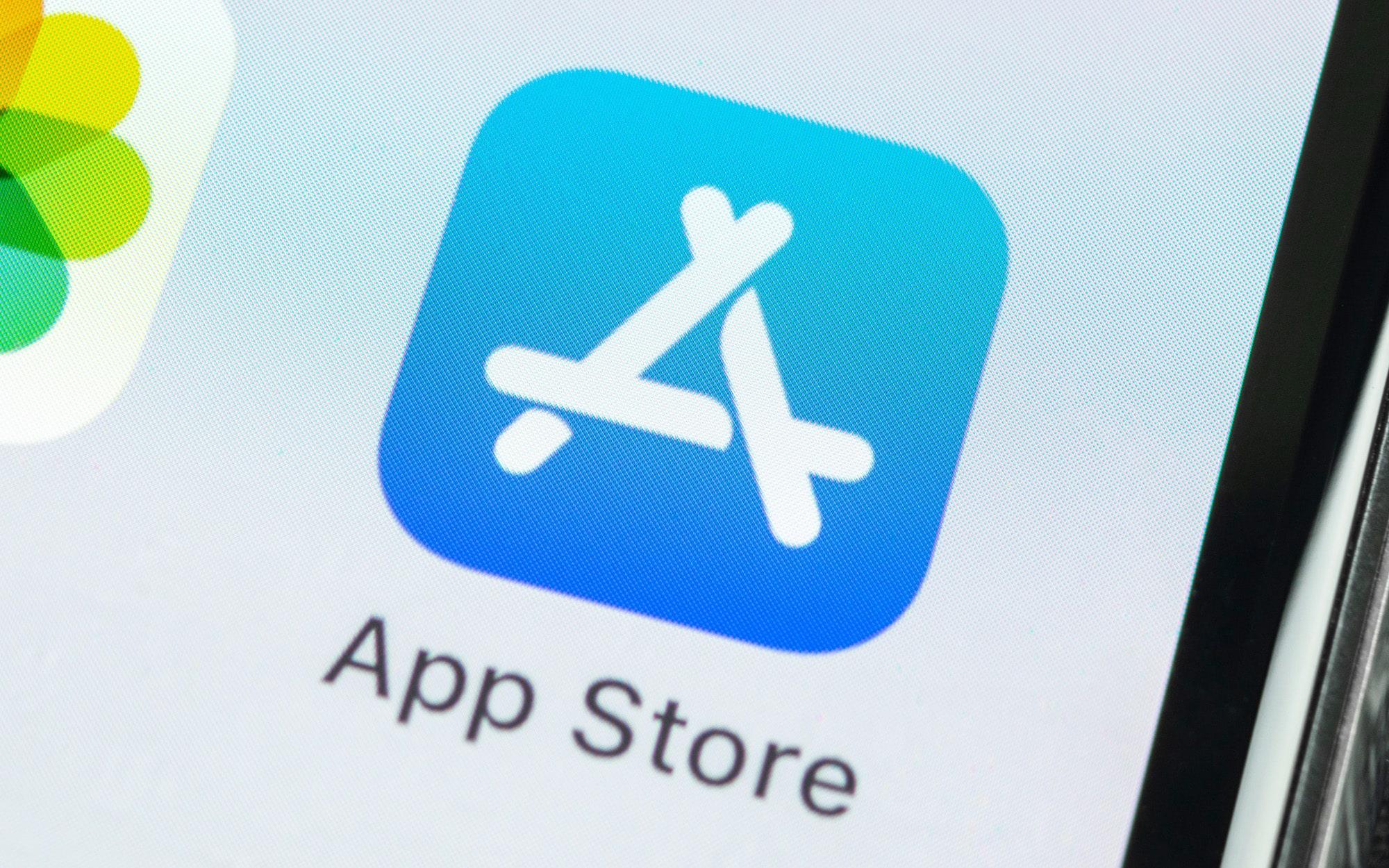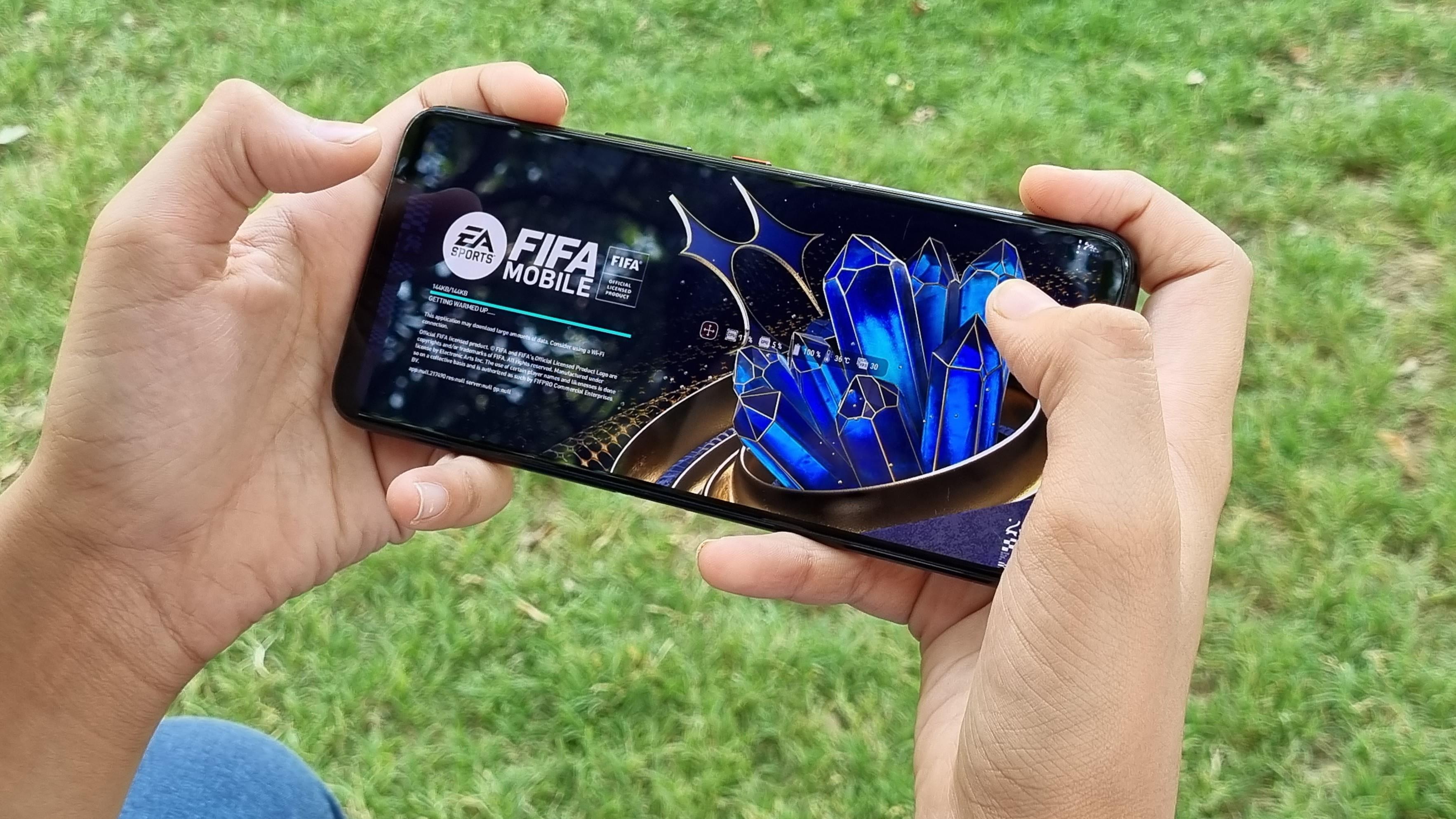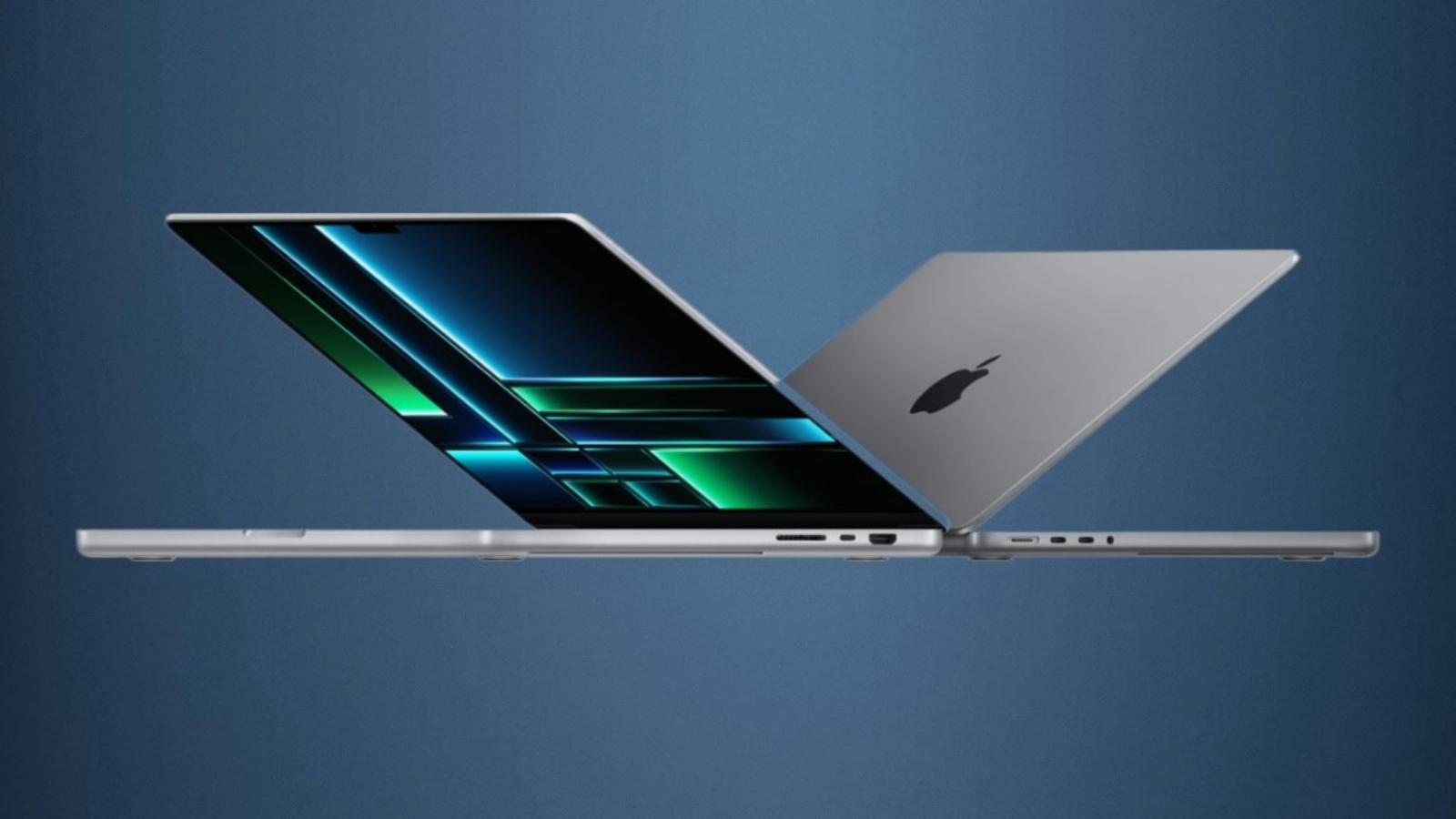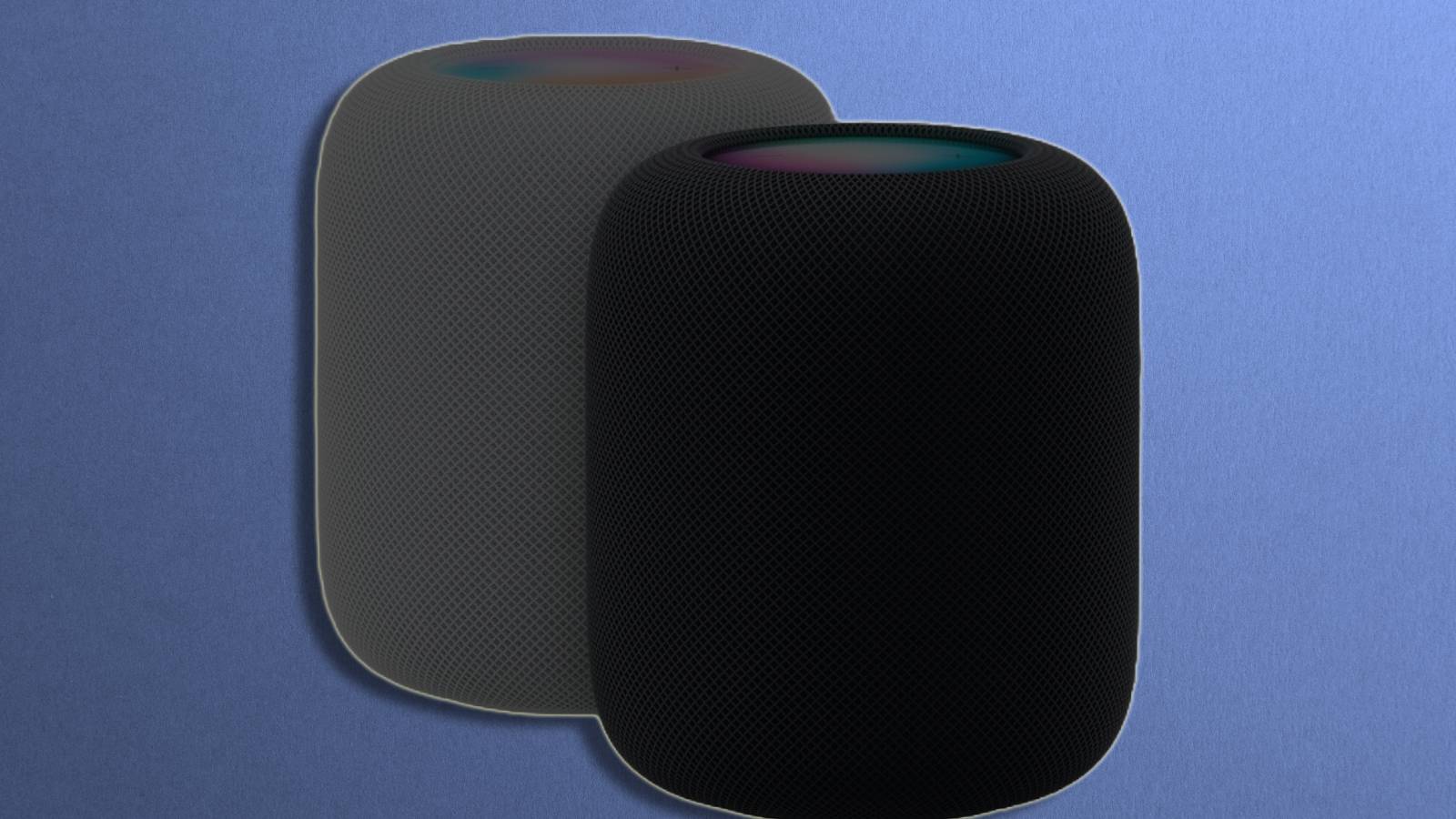Apple Vision Pro vs. Meta Quest 3: The next generation of VR
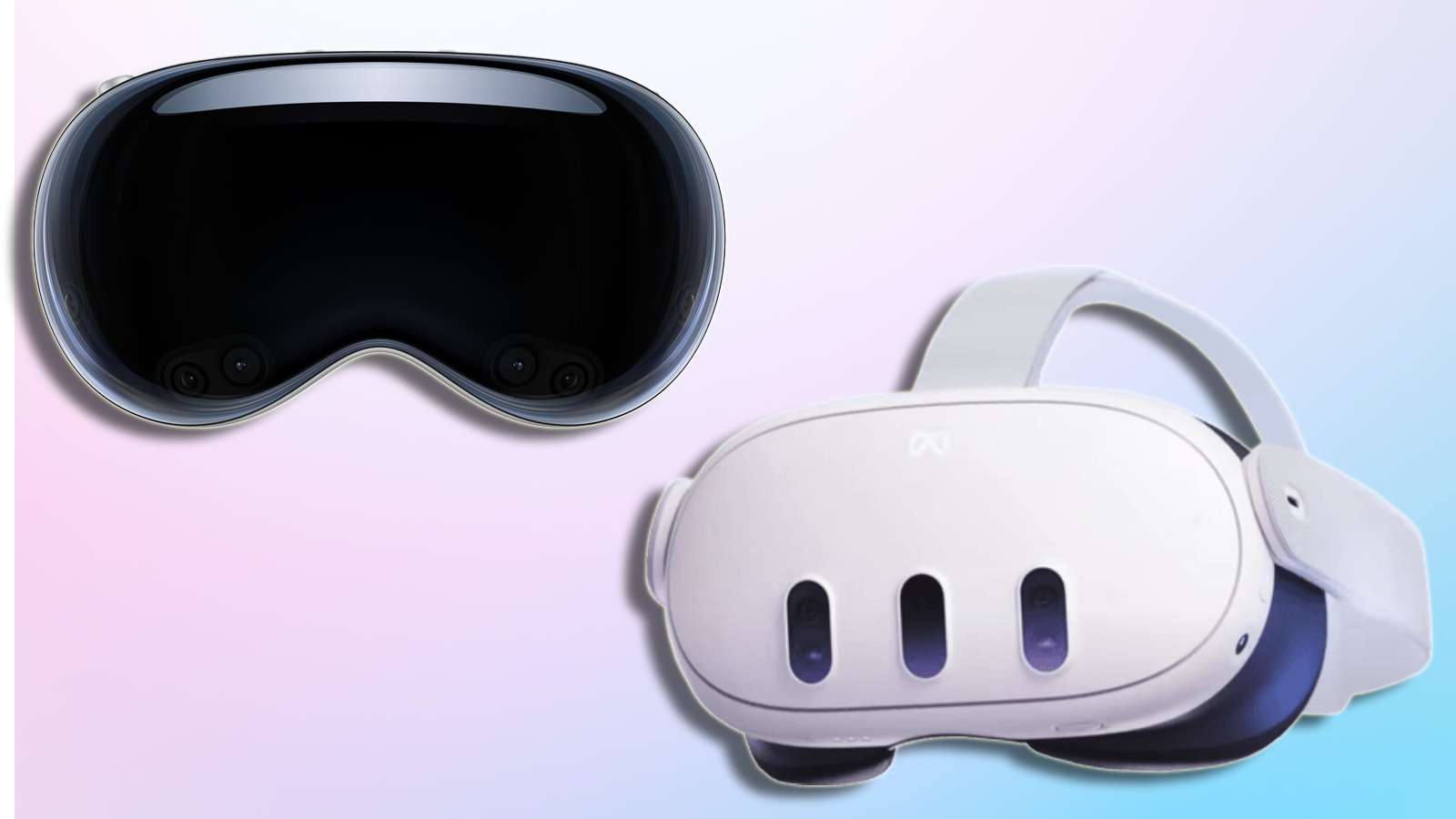 Apple/Meta
Apple/MetaCan’t decide between the Apple Vision Pro and the Meta Quest 3 for your VR experience? We lay out the pros and cons of each device to help you decide.
The battle between the Meta Quest 3 and Apple Vision Pro is not as simple as you might think. While budget may be an important concern, it is just as important to compare and contrast the features of the two headsets.
The Apple Vision Pro does cost an eye-watering $3,499, but it is packed with advanced features such as hand and eye-tracking, while the Meta Quest 3 has the advantage in terms of software thanks to its extensive library of apps and games.
This guide will lay out all the pros and cons of each headset to help you make your choice.
Price & availability
- Apple Vision Pro Price: $3499
- Meta Quest 3 Price: $499.99
The Meta Quest 3 is much cheaper than the Apple Vision Pro, costing just $499 for the base variant with 128GB storage. Another variant has 512GB of storage and is priced at $649.
Even the priciest variant of Quest 3 does not match the price of Apple’s Vision Pro, which has an MSRP of $3499. The Apple Vision Pro went on sale on February 2, 2024.
The Vision Pro has many accessories out of the box. This includes two bands— a Solo Knit Band and a Dual Loop Band. Apple will let you choose whichever fits you the best. You also get a Light Seal and two Light Seal Cushions.
Specifications
| Meta Quest 3 | Apple Vision Pro | |
| SoC | Qualcomm Snapdragon XR2 Gen 2 | Apple M2 chip, R1 Apple Silicon chip |
| Resolution (Per-eye) | 2064 × 2208 | 2160 x 3840 |
| Display type | LCD | Micro OLED |
| Refresh rate | 120Hz | Unknown |
| Field of view | 110-degrees horizontal/92-degrees vertical | Unknown |
| Lenses | Pancake | Pancake |
| Features | Hand tracking, PC compatibility, Voice commands, Wireless, Mixed reality | Ambient Spatial Audio, EyeSight, Mixed reality, Hand tracking, Gesture control |
| Controllers | Touch Plus controllers | NA |
| Weight | 513g | Unknown |
| Price | $499/$649 | $3499 |
While these are both essentially VR headsets, they are vastly different. Meta’s Quest 3 is a refined product that irons out issues from previous generations, adds new features, and helps bring virtual reality to the masses.
The Apple Vision Pro is a far more premium product, and at a price point of $3,499, it will surely be out of reach for most. Since it’s a first-generation product, Apple is looking to test the waters.
The Meta Quest 3 is powered by a Snapdragon XR2 Gen 2 SoC and runs on Android. Apple has used multiple chipsets to power the Vision Pro. The primary chip is an Apple M2 chip, while an R1 Apple Silicon chip controls the sensors.
The Quest 3 is aimed at VR enthusiasts and gamers, whereas the Vision Pro from Apple is a more work-oriented device that looks to combine an iPhone, a MacBook, and an Apple TV into one.
The Vision Pro is said to come with a couple of 1.41-inch micro-OLED displays offering a combined 4K resolution. At 5000 nits, these displays will be exceptionally bright. These displays combine to produce 23 million pixels and create a 4K display for each that could generate a screen that appears to be 100 feet wide.
The Quest 3 uses a single LCD panel as a display offering, a 120Hz refresh rate, and a 4128 x 2208 pixels resolution. The peak brightness on the Quest 3 could be just 100 nits, making it much dimmer than Apple’s offering.
Both headsets are wireless, which means they can operate as standalone devices, unlike the PS VR2, which requires the PS5 for all its computing power.
Design
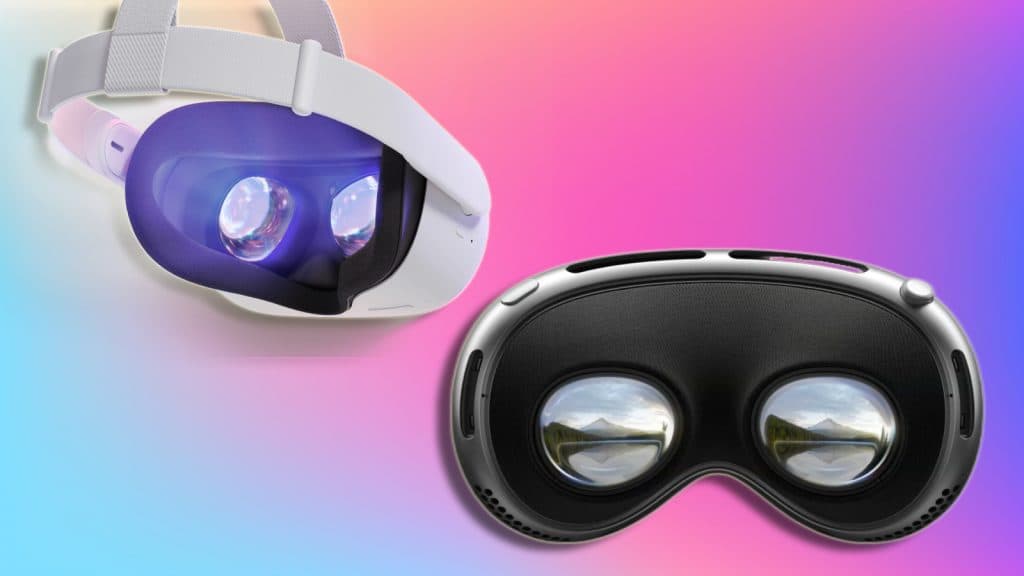 Apple/Meta
Apple/MetaThe design of Meta Quest 3 is an iterative update over its predecessor. You have a head-mountable headset with an array of sensors, including external cameras and a depth sensor at the front. While the company claims that the Quest 3 is significantly slimmer than the Quest 2, it is still a chunk of plastic. It can offer full-color passthrough, which means it can do mixed reality.
It ships with a couple of Bluetooth-enabled controllers and also supports finger and hand gestures.
The Apple Vision Pro, on the other hand, resembles a highly premium pair of ski goggles. Its design language is similar to the other Apple products, is made out of Aluminum, and has a 3D display at the front that can display the eyes of the user, making the headset look transparent. This is a unique feature that not only makes the headset more premium but also offers an immersive VR experience.
Unlike most other headsets, you do not need external controllers to interact with the Apple Vision Pro. Instead, it relies on fingers and hand gestures to navigate menus, pinch and zoom images, and more. The headset does support a magic keyboard and magic trackpad for productivity.
Another critical difference between the two headsets is in their design. The Apple Vision Pro has a smartphone-sized external battery tethered to the headset using a wired connection. When using the headset, the battery remains dangling out, though it has a wire long enough to keep the battery pack in the pocket of your jeans.
Quest 3, conversely, has a battery integrated into the headset, offering a true wireless experience—no prizes for guessing that we’re a fan of this design. Battery life for the Quest 3 is roughly 2 to three hours when in use for demanding VR experiences. The battery life for the Vision Pro is similar, though it can last longer for less demanding applications such as watching videos.
Apps and Games
Regarding the supported software, apps, and games, it will be yet another version of Android vs. iOS. A custom Android-powered OS powers the Quest 3, and thanks to the previous generations of headsets, Meta has a strong library of apps and games available for the upcoming headset right at the launch.
The Apple Vision Pro, on the other hand, is powered by visionOS, based on the iOS framework. This operating system has an app library similar to the ones available on iPads and iPhones. Since it uses an iOS framework, some iOS applications work out of the box, but Vision Pro users are still lacking native support for critical apps such as Netflix and YouTube.
Apple Vision Pro vs. Meta Quest 3: Which one should you buy?
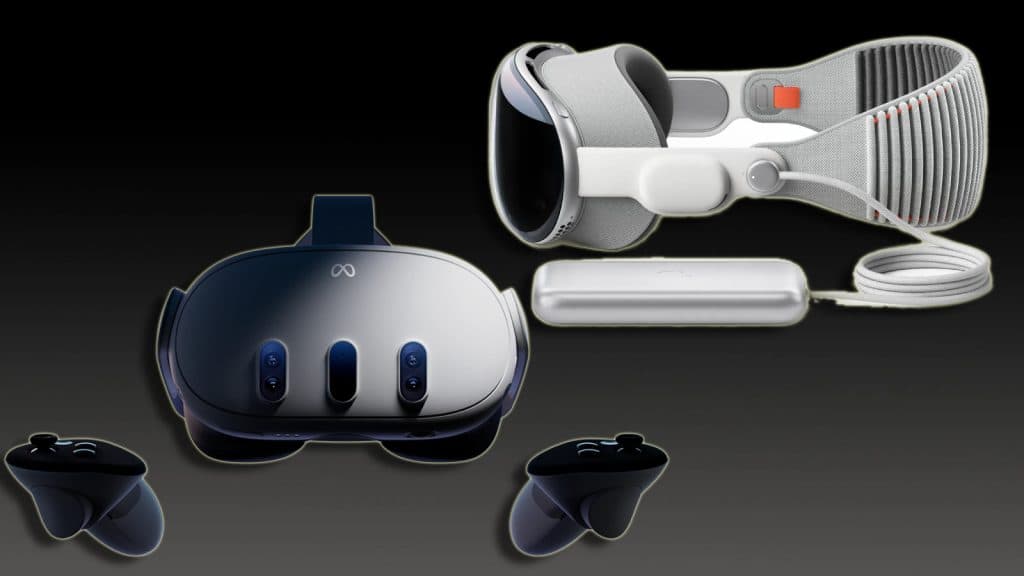 Apple/Meta
Apple/MetaYour decision to pick either of these devices will depend on your end use. The Quest 3 is a more consumer-centric headset priced affordably and aimed at casual usage, including gaming and multimedia consumption. It has a plastic build and will not be able to compete with the superior design and looks of the Vision Pro.
Moreover, it’s a standalone device with no software or hardware limitations. Since Meta does not make other computing or entertainment devices, you can pick the Meta Oculus Quest 3 when available and enjoy its content.
The Vision Pro is Apple’s stepping stone into virtual reality. It can be considered a customer-facing experimental device. Since it’s priced at $3,499, it’s costlier than any other VR headset, and there are reports that Apple is already working on the second-gen device and isn’t banking on Vision Pro’s sales numbers.
It is a much premium device in terms of design and build and will be another addition to Apple’s walled ecosystem. Though the Vision Pro headset will also be a standalone device, it might need another Apple device to unlock its full potential.
Last but not least, Quest 3 already has a robust app and game ecosystem, which is continuously growing. However, Apple will have to build an ecosystem of VR-friendly apps from the ground up, which might take some time.
So, if you’re looking to pick up a VR headset this holiday season, Quest 3 should be your first choice. Even if you’re keen on picking up an Apple VR headset, we’d suggest waiting till the launch of the second-gen headset, which should be a more refined product and lighter on the pocket, too.
Also, make sure to check out our other guides:
The best PS5 controllers | The best mobile games to play in 2023 | Best gaming keyboards | Best CPU for gaming | Best PC controller | Best budget gaming desk | Best power bank for steam deck | Best 1440p Monitor for PS5 | Best gamecube controller for Switch and PC
